AI at Work
Content Collaboration Guide: How to Ensure Seamless Collaboration on your AI Marketing Platform

Neelam Goswami · Content Marketing Associate
June 13th, 2025 · 12 min read

Marketing has never been a solo act. It’s more like leading an orchestra, with creative teams, product folks, legal and compliance, and execs all playing different instruments, trying to stay in sync. When it clicks, it’s magic. Great ideas come to life, and brands grow in big ways.
But collaboration at the enterprise level is still really hard. Even with well-planned workflows and approval processes, things often get messy—especially when your teammates are spread across departments, time zones, or continents.
The complexity multiplies when you factor in disconnected content tools, fragmented communication channels, and organizational silos that naturally develop in large enterprises. That’s probably why a recent Gartner report shows that 84% of marketers experience what is known as 'collaboration drag'—with too many meetings, overwhelming amounts of feedback and a lack of clear roles and authority—when working with cross-functional teams.
Now, as generative AI has entered this already complex environment, dramatically accelerating content production capabilities, it also introduces new collaborative questions:
Who oversees AI-generated content?
How do approval workflows adapt when creation happens in hours rather than days?
Where does human expertise integrate most effectively?
In this guide, we’re going to try and address the practical realities of enterprise marketing collaboration in the age of AI. To do that, we'll explore straightforward approaches to maintain brand consistency, ensure quality control, and build cross-functional teamwork.
Let’s get started.
Why is content collaboration important?
Building a collaborative content process
How Typeface enables seamless content collaboration
Frequently asked questions on content collaboration
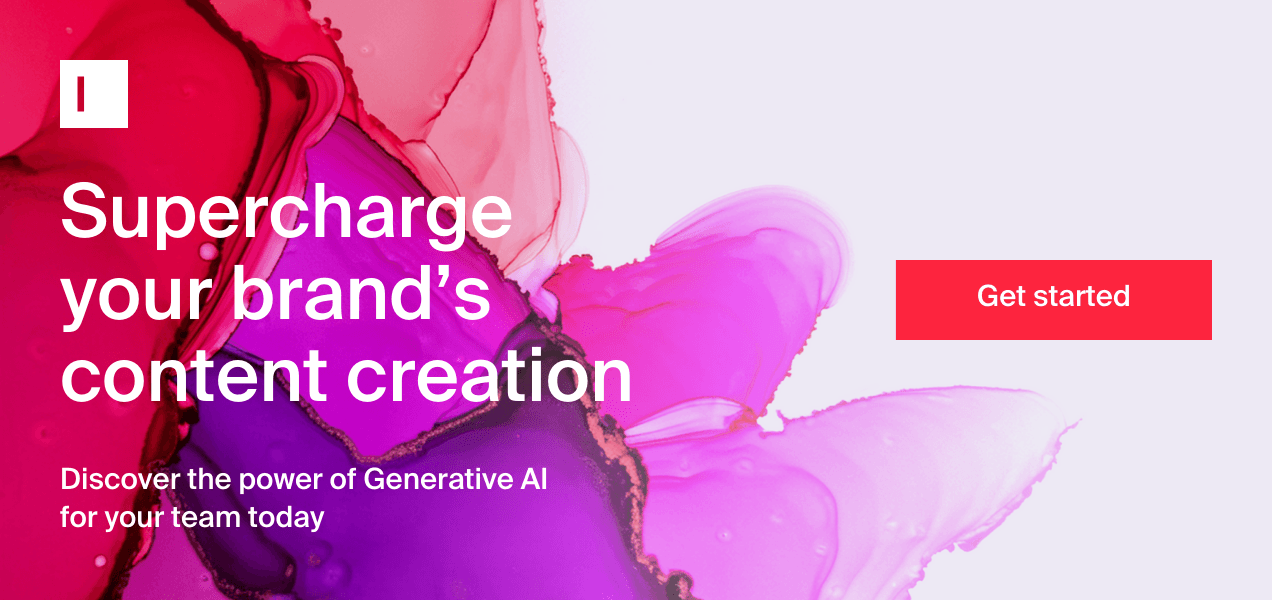
Why is content collaboration important?
Collaborative content workflows drive measurable business results in enterprise marketing. Organizations with strong collaborative practices tend to create more valuable content with actionable insights from various experts and have faster production cycles compared to those with siloed approaches.
Modern marketing demands seamless integration between specialists to create cohesive experiences. When collaboration functions effectively:
Brand voice stays consistent across all customer touchpoints in all markets
Content development accelerates through parallel workflows rather than manual, sequential handoffs
Strategic alignment improves as all contributors share a unified vision
Specialized expertise integrates at the right moments without creating bottlenecks
Building a collaborative content process
Effective collaboration requires structure rather than just teamwork. Critical foundational elements include:
Centralized content and brand assets repository serving as a single source of truth
Clear ownership designations balancing autonomy with accountability
Workflow visibility ensuring all stakeholders understand status and dependencies
Standardized feedback mechanisms capturing diverse input without creating chaos
Enabling technology integrations to bring in data and tools that teams require for effective work
How Typeface enables seamless content collaboration
When it comes to using AI for marketing, some challenges do surface—maintaining collaborative workflows, ensuring accountability, enforcing brand governance, and meeting compliance requirements, for instance. Typeface addresses these challenges through a purpose-built platform that transforms how marketing teams work together.
Typeface eliminates the traditional fragmented marketing technology stacks by providing a unified workspace where teams can create, refine, approve, and distribute AI-generated content effectively. This results in a streamlined process without the friction of switching between multiple tools and preserves context throughout the content lifecycle.
Structured content collaboration workflows
Typeface embeds collaboration directly into content development through its content workflow management and automation capabilities. You can build custom workflows tailored to your way of working and your approval cycles. This allows you to name the steps in your workflow and color-code them so your team can tell whether a task is in progress or under review by simply looking at it.

Automations can be added to every workflow step as well. For instance, you can automatically assign the task to a specific team member when the status changes from "Drafting" to "In-review". You can also send automated notifications, via email and Slack, to assignees and other stakeholders when there is a status change.
Once your workflow is set up, you can mark it as the default workflow for your team and easily change task statuses on a document, auto assign, and auto-notify team members.

Stakeholders in your content process get access to the complete history of content status changes and assignees, improving workflow visibility. The audit trail records each status update, allowing teams to monitor progress and ensure both brand and legal compliance are maintained.
There is clear ownership at every stage of the workflow, with team members having a complete view of all open tasks assigned to them on the "My Tasks" dashboard.
Features like on-task messaging with Slack integration also ensure contextual and clear communication on projects.
Built-in brand governance
Ensuring brand consistency across all content can become a challenge when working with cross-functional or global teams. This is where a unified built-in brand governance system can make a big difference.
Typeface offers a dynamic Brand Hub that serves as a unified brand intelligence system accessible to your entire team. By capturing your brand specifics, like brand voice, image styles, color palettes, brand rules, and more, it ensures that all your AI-generated content is brand aligned, no matter who creates it.
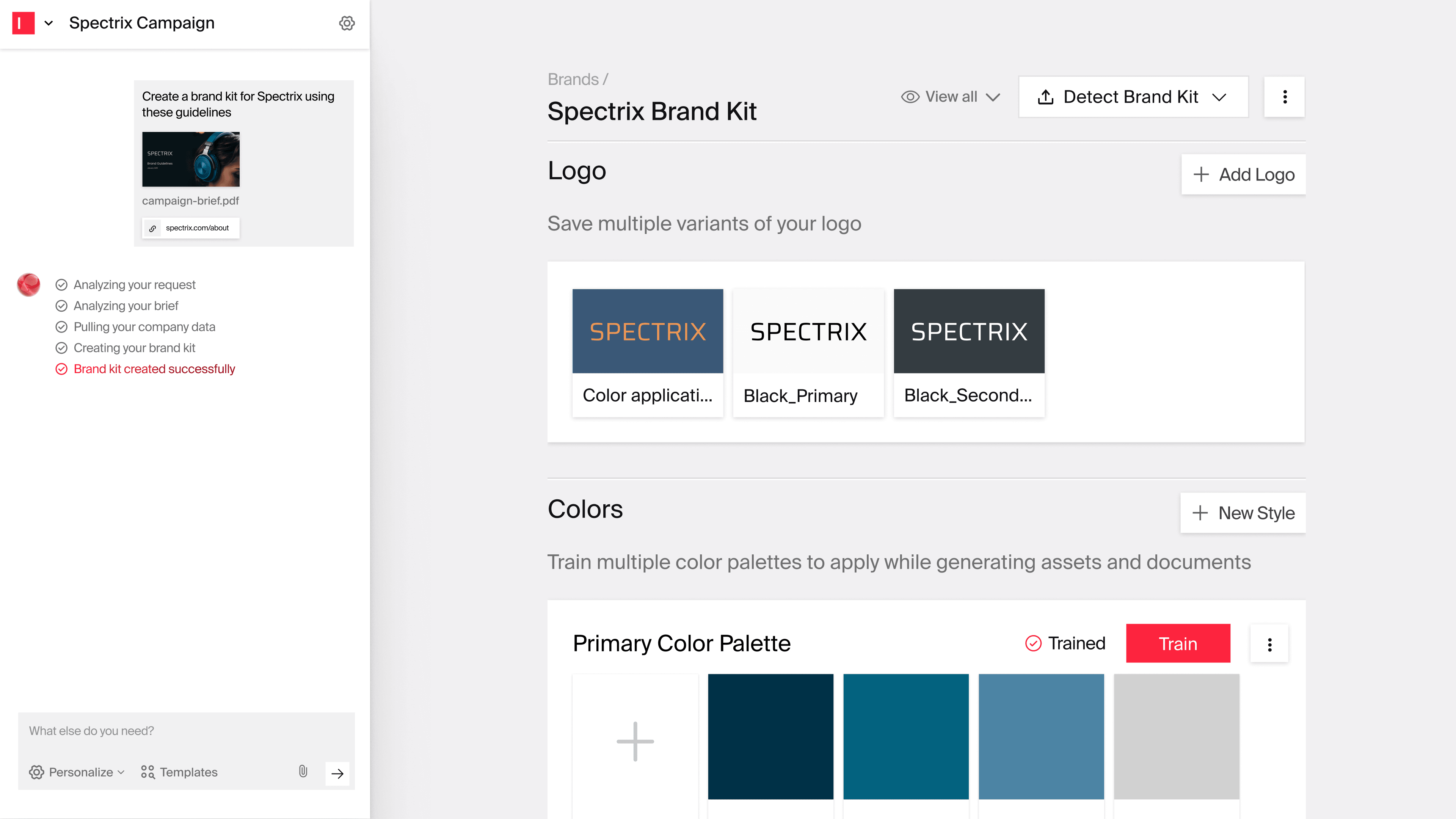
Brand Hub brings together all the scattered assets and documents, turning them into an accessible knowledge base for everyone involved in the content production process. The Brand Agent automatically turns your brand guidelines into comprehensive Brand Kits that capture everything from your brand's visual identity to compliance requirements.
Audience data and integration with CDPs
Creating personalized content requires a deep understanding of your audience, and when working with broader teams sharing and maintaining this understanding could be difficult. Typeface simplifies content personalization by saving audience personas and importing existing audience segments directly from your customer data platforms (CDPs). Valuable insights such as demographic info, preferences, and buying behavior saved for different audience segments helps the AI generate tailored content for each segment.
With the heavy lifting of audience personalization taken care of by AI, teams can focus more on adding value and refining the content. By connecting all your audience data, brand guidelines, compliance rules, and other insights on a single platform, you can ensure consistency in output across every team, regional department, and agency partner that you collaborate with.

Cross-functional team support
Different stakeholders interact with content in different ways that match their expertise. Marketing teams focus on strategy and messaging effectiveness, creative professionals refine visual elements and overall presentation, and so on. For effective cross-functional content collaboration, your AI marketing platform should have the tools and functionalities that allow everyone to work in one place.
Typeface offers AI capabilities to craft both copy and creatives for any campaign, enabling seamless cross-functional collaboration. While Web Agent, Email Agent, and Ad Agent help create copy and visuals for various channels, the Video Agent and Visual Inspiration Studio support creative teams in generating sizzle videos, social media snippets, product shots, and more.
Features like Explainable AI further streamline review and approval processes by allowing stakeholders to quickly evaluate content for brand and audience alignment and predict content performance.
Enterprise-grade security and governance
A common concern for organizations when there are too many hands at work on a project, is maintaining data security and compliance. Organizations that rely on a disjointed tech stack with business data and assets scattered across platforms and accessed by multiple stakeholders, face greater security threats and risk of non-compliance.
With Typeface’s security and governance infrastructure, not only do you store all your marketing assets and data in one place but also minimize risks as we provide end-to-end encryption for data, at rest and in transit.
Typeface also provides granular, role-based access control and enterprise-grade authentication with SSO and MFA.
Another challenge when collaborating on content with AI in the picture is the responsible use of AI by all stakeholders.
Typeface ensures safe and responsible use of AI with its Responsible AI settings that allow you to set strict guidelines against dangerous content, bias, or other forms of content that could harm brand reputation.
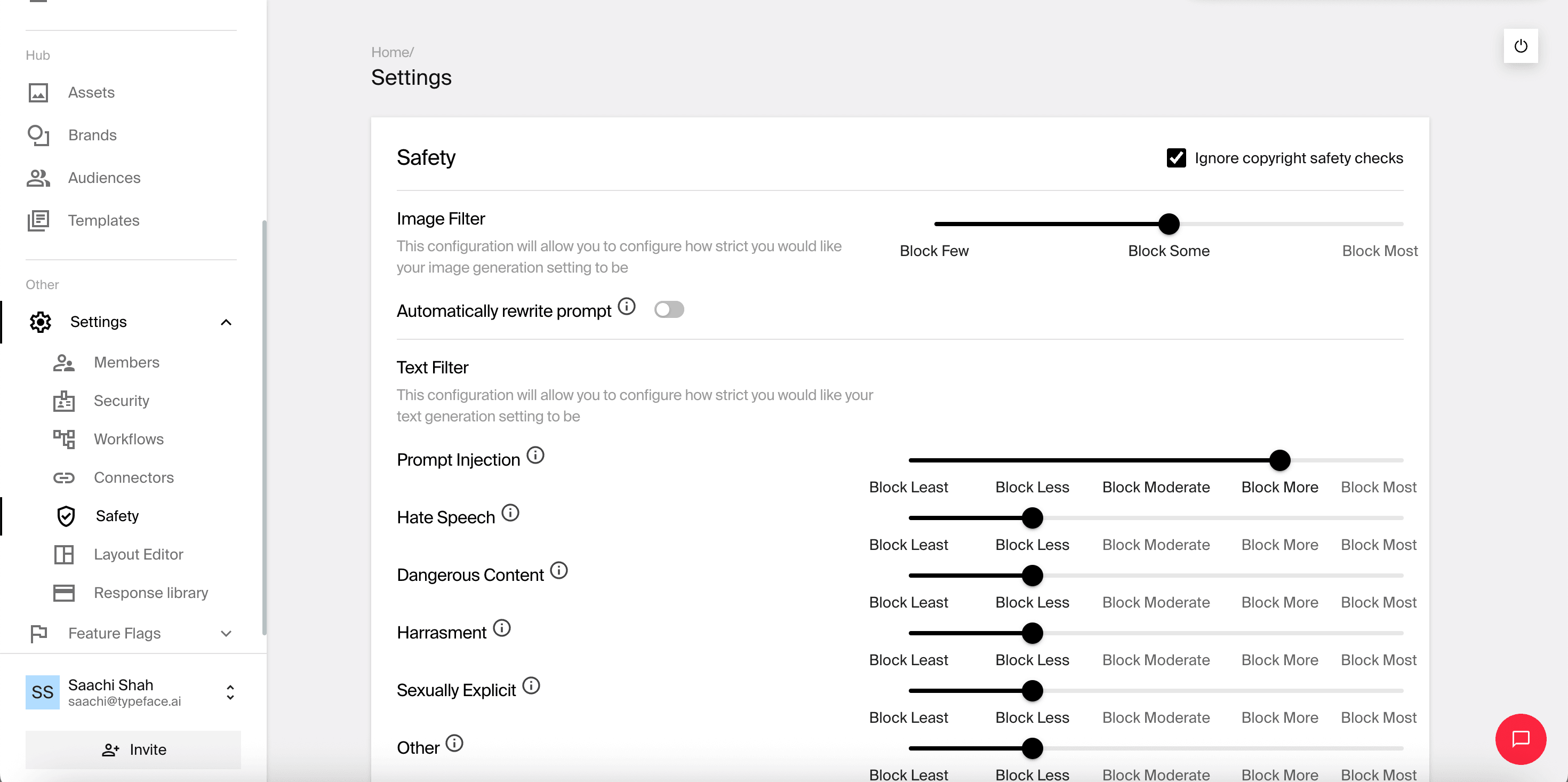
Connected ecosystem for streamlined workflows
Cross-functional collaboration does not just involve people but also the apps and tools they work with to complete tasks efficiently. By enabling seamless technology integrations, you can unify business data across different platforms – CDPs, marketing automation, DAMs, and more - allowing for more meaningful collaboration and empowering teams with the knowledge they need.
Typeface has an extensive Connector Library that integrates all your apps across your ecosystem – from ad platforms to content management systems to productivity tools and more. Collaborators can pull in performance analytics, customer insights, and brand assets from external systems, then push completed content directly to social media platforms, content management systems, email marketing tools, and approval workflows — all without leaving the Typeface environment.
Frequently asked questions on content collaboration
How do we get everyone on the same page about our target audience?
Start by sketching out a few personas — short profiles of your ideal customers (ICPs). Save these audience personas under Audience on Typeface so writers, designers, and execs can all peek at them whenever they need. Our AI agents can also refer to these audience personas and personalize content for different segments. That way, every blog post or email speaks the same language.
How do we use customer data to drive leads and engagement?
Bring in segments from your customer database—like “new subscribers” or “VIP buyers”—and feed that into your writing process so AI can personalize everything. .
How can the sales team help with content?
Invite them in early. Ask what questions they hear most from prospects and where a white paper or case study might seal the deal. Then when new pieces drop, automated alerts with workflow automation on Typeface will let them know right away, so they can share the latest in their pitches.
How does better collaboration make the customer’s life easier?
When everyone works together, the messages customers see feel smooth and connects and no mixed signals. Plus, if you weave feedback (like support tickets or survey answers) right into your process, you keep fixing real problems, not just guessing.
Can AI speed up content creation without sacrificing quality?
Absolutely. Let AI generate first drafts (blog outlines, landing page copy, social post ideas) while your team focuses on fine-tuning tone, checking facts, and keeping things on brand. And with guardrails in place, you won’t get any wild or off-brand suggestions.
What’s the best way to team up on social media posts?
Keep your social calendar and all your images, GIFs, and copy in one spot. Tag people for each channel (LinkedIn, Instagram, X) so nobody’s guessing who does what. Plus, pull in performance stats right where you plan posts so you can tweak on the fly.
How do collaborative efforts pay off in the long run?
Keep your brand rules, content pieces, and audience info all in one “single source of truth.” Make feedback and reviews a habit, not a one-off. Check what’s working (and what’s stuck) every few weeks, tweak your process, and celebrate those wins to keep momentum going.
Leverage AI-driven content collaboration in marketing
Effective collaboration on AI marketing platforms transforms traditional business operations into dynamic and adaptive systems. Typeface takes a holistic approach to AI content creation and marketing, allowing for seamless collaboration across teams and stakeholders with diverse strengths and equally diverse requirements.
By creating an environment that offers both creative freedom and strong control and ownership, Typeface makes content collaboration more agile. Get a demo of Typeface today.
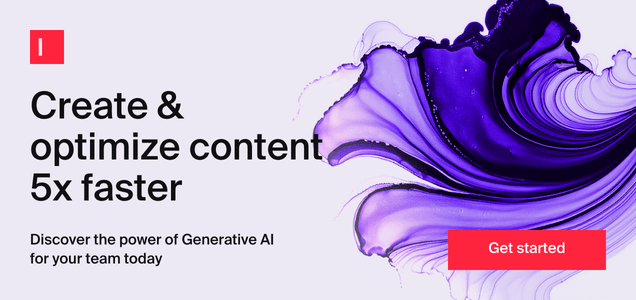
Share
Related articles

AI at Work
Beyond the Hype: What Top CMOs Are Doing to Unlock AI for Marketing Today

Katie Murphy · Customer Success Manager
April 11th, 2025 · 11 min read
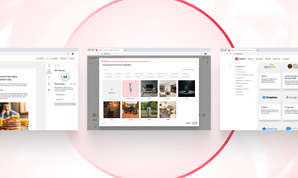
Product
Accelerating AI Content Lifecycle Transformation: Unveiling Typeface Arc Agent, Strategic Acquisitions, and Multimodal Product Innovation

Typeface
September 16th, 2024 · 6 min read
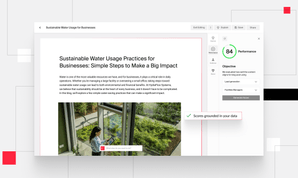
Product
Demystifying AI: Bringing Trust and Actionable Insights into Your Content Workflow

Saachi Shah · Product Manager
October 16th, 2024 · 5 min read